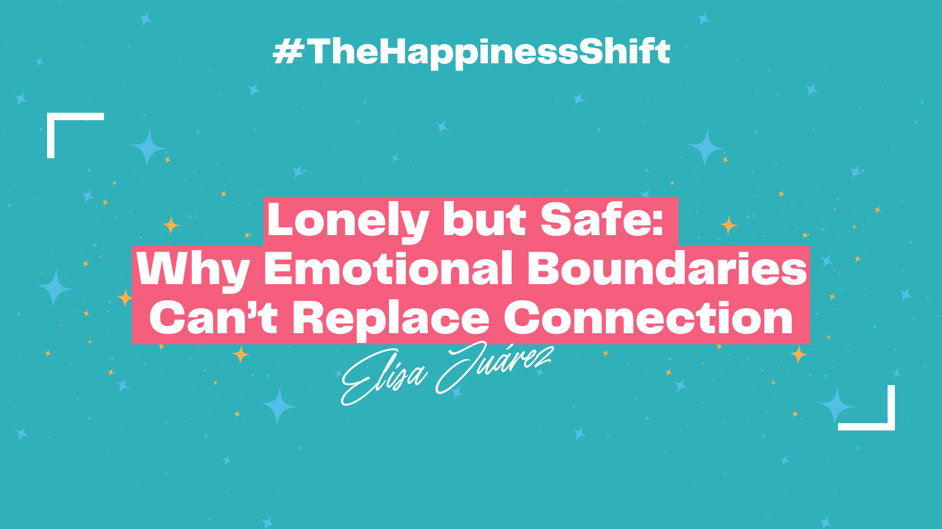Lonely but Safe: Why Emotional Boundaries Can’t Replace Connection
As workplaces prioritize emotional boundaries, many employees feel respected—but isolated. Learn how to rebuild connection without compromising well-being.
Elisa Juarez
5/29/20251 min read


Over the past few years, boundaries have become a staple of workplace culture—and rightly so. We’ve moved beyond burnout-as-a-badge to something softer, safer, and more sustainable. But in some cases, something unexpected is happening:
Employees feel respected—but also… alone.
We’re building workplaces where emotional boundaries are encouraged, communication is measured, and feedback is carefully worded. But somewhere in all that intention, connection is slipping away.
The Loneliness Epidemic Is Real
In 2023, the U.S. Surgeon General issued an 82-page advisory declaring loneliness a public health epidemic. And while much of the conversation centered on home life, the workplace plays a significant role:
Most U.S. adults spend one-third of their lives at work
Only 39% of employees feel “cared for” by someone at work
Lack of workplace connection is linked to lower engagement, higher turnover, and increased health risks
Boundaries keep us protected. But humans don’t thrive on protection alone—we thrive on connection.
The Emotional Cost of “Safe” Workplaces
When people begin replacing vulnerability with boundary language—when emotional presence is replaced with politeness—teams can lose:
Psychological trust
Creativity and innovation (which flourish in connection)
Willingness to take risks or admit mistakes
Even in hybrid or remote settings, teams can feel emotionally vibrant. But it requires effort—and a culture that values more than respect. It requires care.
A Practitioner’s Take
When I lead team workshops or coach executives, I often hear the same phrase:
“We’re doing everything right. Why does it still feel off?”
Because emotional safety isn’t only about removing harm. It’s about adding belonging. And belonging can’t happen without real connection—without small risks, shared stories, and spaces where people feel invited to show up as full humans.
Where Do We Go From Here?
Create consistent spaces for check-ins that go beyond metrics.
Celebrate vulnerability—not just performance.
Model presence from the top down. Managers set the tone.
Workplaces don’t need to become therapy rooms. But they can be places where people feel less alone.
👇 Join the conversation in the comments or subscribe to The Happiness Shift newsletter for weekly reflections on connection, leadership, and workplace well-being.
Address
Miami, FL
